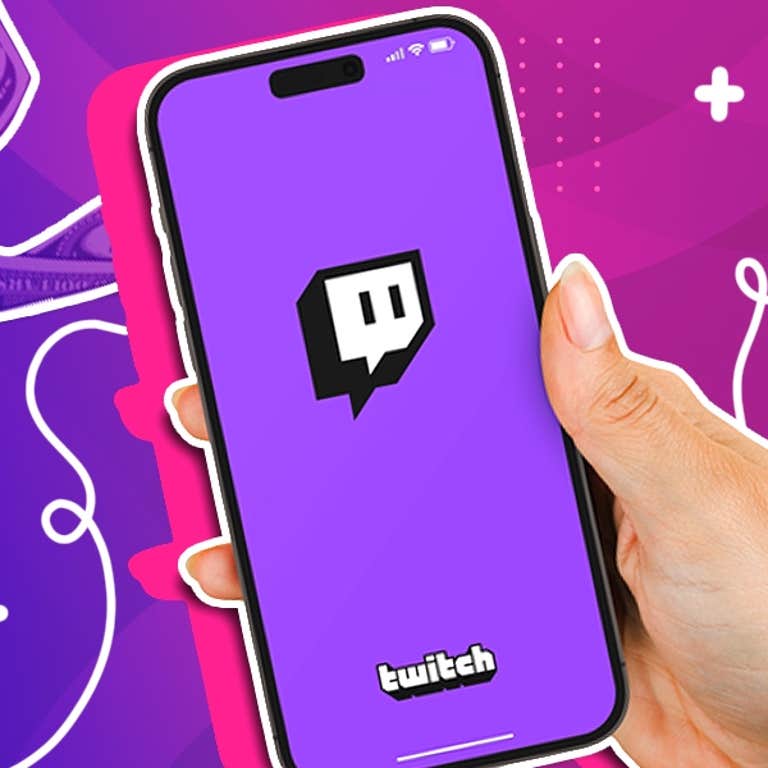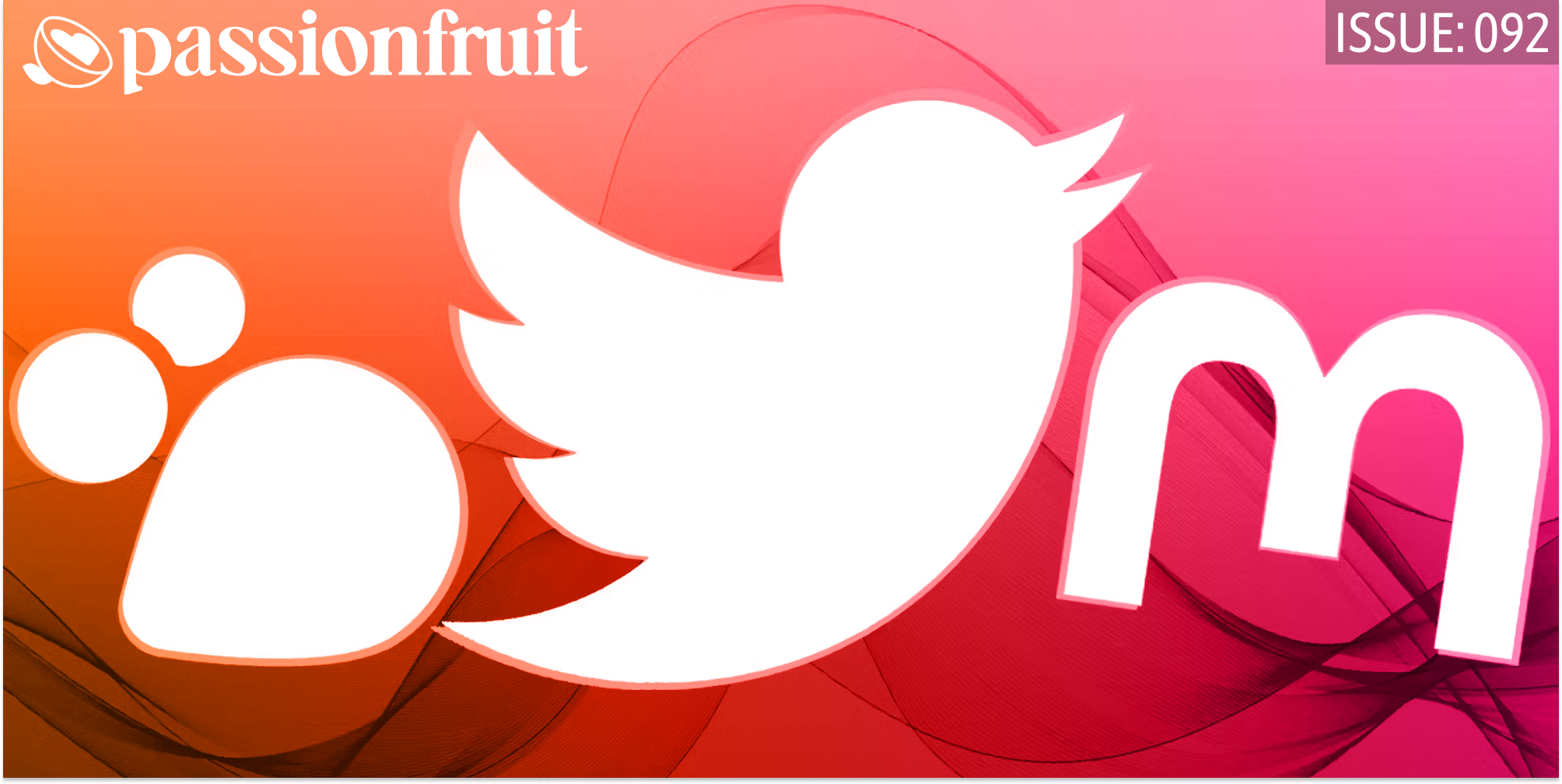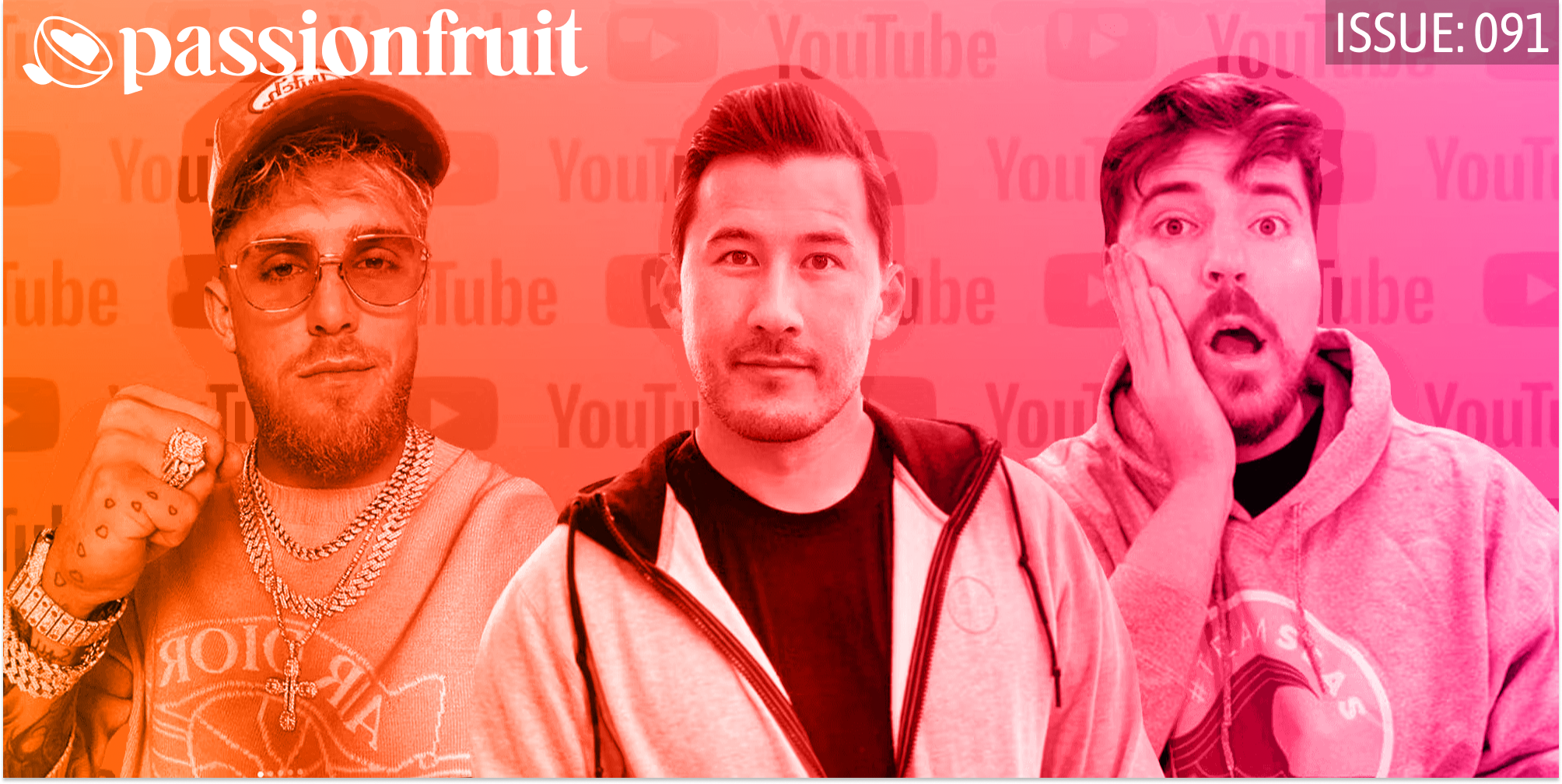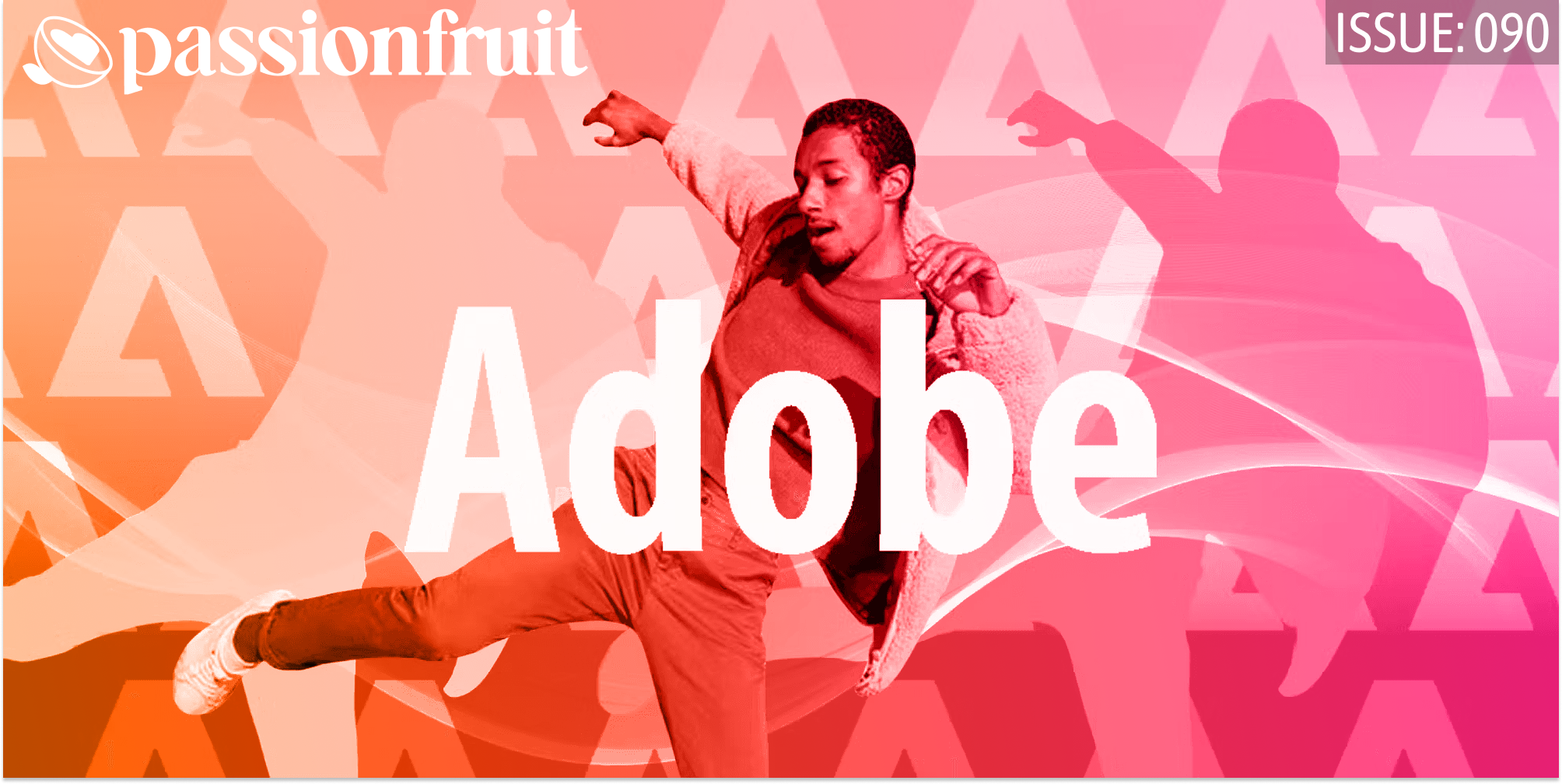CREATOR NEWSLETTER
Issue #256 | July 18, 2024
THE COMMENTS SECTION
“Getting multiple copyright claims on music that’s very much in the public domain. Even for our own cover of said music. It’s maddening. We want to shine a light on historical music in Lackadaisy, but it’s made near impossible by how broken this is, @TeamYouTube”
– X user Lackadaisy Tracy (@LackadaisyCats)
Once YouTube automatically detects its precious, it can and will take matters into its own robotic hands by either privatizing the video or allowing it to remain public but keeping any revenue generated in escrow, which I can only assume is a cave somewhere in Mordor. The claimed video’s analytics are not visible during this time, so uploaders don’t even have a sense of how much money may be waiting for them upon resolution. The only recourse is to file a dispute, in the hopes that the party YouTube is filing on behalf of will see the notification and, feeling generous, log on to manually release the claim. Meanwhile, your video and its revenue could be in limbo for up to 28 days while the dispute winds its way through YouTube’s lugubrious human review process.
The platform is far from the only offender here in terms of the auto-flag function, but its impact may be the most heavily weighted against creators. Elon Musk may have replaced X’s press team with an auto-response of a poop emoji, but it’s still 100x more effective as a platform to shame brands into giving you personalized attention, as was the case this week when the creator behind the popular indie animated channel Lackadaisy took YouTube to task for auto-flagging an upload featuring an original cover of a song in the public domain. Not even the song itself, but a cover of it. The funds were being withheld pending a manual investigation. Lackadaisy had one million subscribers to its channel and no means of contacting a human at YouTube.
“I know you can publish a video with claims on it, but if you can’t meaningfully monetize (i.e. tag products) during the timeframe during which the video is relevant (typically the first 24-48 hours), well…that’s extremely damaging,” wrote the series creator @LackadaisyTracy in a follow-up post, adding that spending 30 days waiting for a claim to expire would be a “slow suffocation” for any production studio.
YouTube responded with not one but two auto-generated replies, and the thread went viral. Twenty minutes later, they issued another, decent approximation of a human typo-laden response: “apologies for how frustrating this has been. heard back & the Content ID claim was invalid. the claim has been removed from your video. lmk if you need anything else.” Dabs to the social intern who actually managed to cut through the red tape over at YouTube and will most likely be replaced by ChatGPT this time next year.
The problem is twofold: Not every creator has an audience on other platforms that can be leveraged into forcing an escalation of a specific case. But even when they do, a win today is no guarantee of a victory tomorrow, as Jenny Nicholson can attest, at which point they may very well have to start the whole process over from scratch.
On a separate and more uplifting note, YouTube unveiled new guidelines this month that offer some protections to some creators by allowing participants in its YouTube Partner Program a 7-day grace window to file a dispute on manual copyright strikes, which work on a 3-strike suspension policy. This is important since the partner channel can remain monetized during the process (though the video in question could be privatized or have its revenue withheld), chilling the auto-ban incentive for bad actors issuing multiple strikes against a creator simultaneously.
– Drew Grant, Editorial Director
LABOR
Hijacking YouTube: The Unseen Data Theft from Your Favorite Creators
Wired and Proof News confirm what many have long feared.
By Lon Harris, Passionfruit Contributor
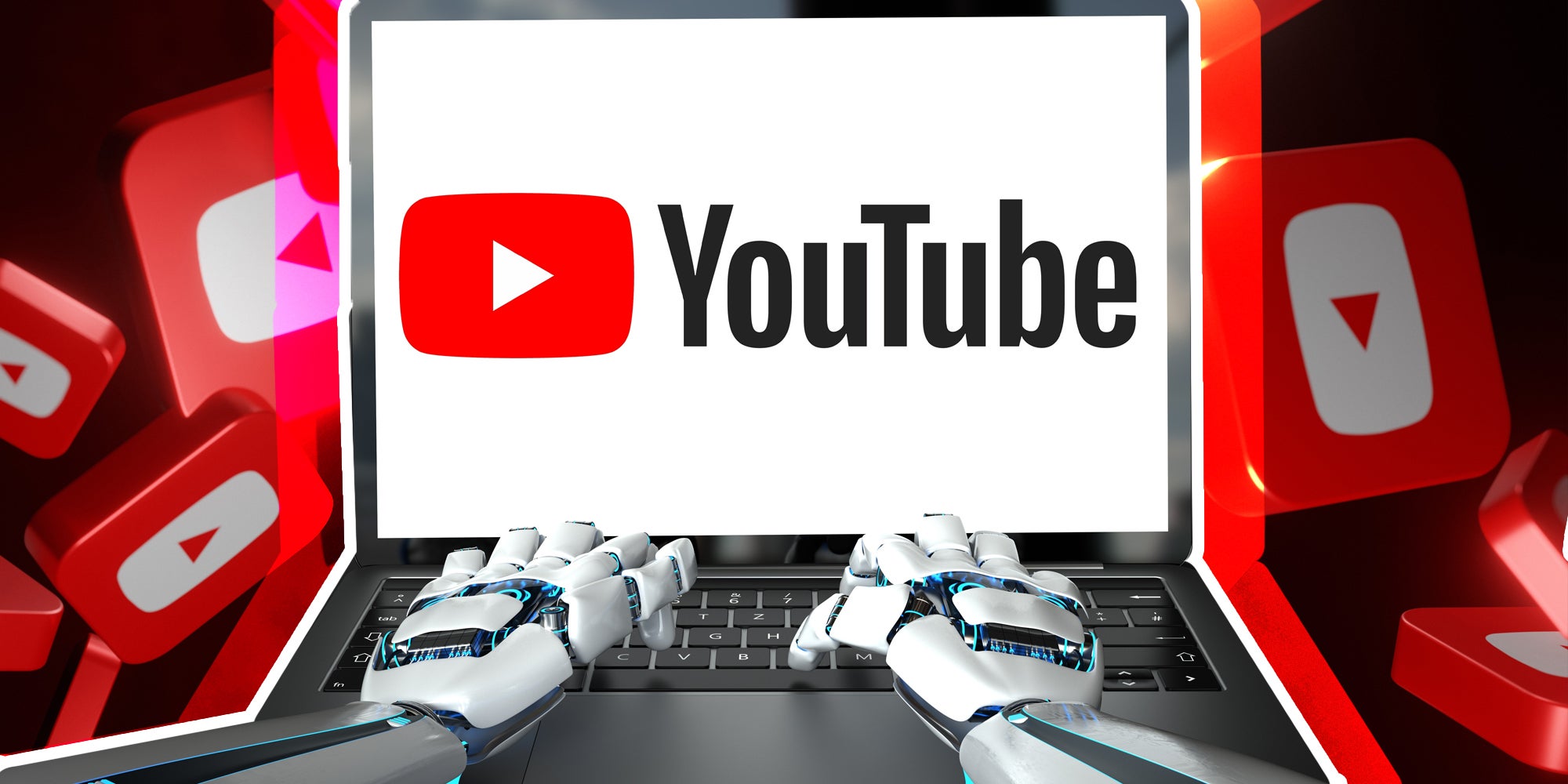
SPONSORED

START YOUR BEAUTY LINE TODAY
Blanka lets anyone create their own branded makeup or skincare line and
generate income. Choose from hundreds of products that you can brand,
customize and sell on your IG/TikTok. When you get orders, Blanka ships your orders to your customers, so you never have to deal with inventory.
IN THE BIZ
- ByteDance disabled AI image generation in its experimental chatbot after 4chan users exploited it to create explicit content.
- TikTok and Eventbrite have partnered to enable creators to promote and sell tickets for eligible events directly within the TikTok app.
- Meta is providing researchers access to Instagram data to investigate the platform’s impact on the mental health of young people.
- YouTube series like “Hot Ones,” “Chicken Shop Date,” and “Good Mythical Morning” were not nominated for Primetime Emmy Awards despite their popularity and the YouTube CEO’s appeal for recognition of creators.
CULTURE
Creators Descend On the Republican National Convention
More than 100 creators are attending the event.
By Charlotte Colombo, Passionfruit Contributor
TIPS & TRICKS
How To Set up Donations on Twitch To Be Blessed By Your Viewers
Let your viewers drop something in the tip jar.
By merritt k, Passionfruit Contributor
WHAT WE’RE WATCHING
- The CinePals watched 2016’s “Deadpool” for the first time.
- The twin brothers of OctoKrool watched the 1998 film “The Mask of Zorro.”
- EOM Reacts watched 1989’s “Road House” for the first time.
- Heroes Reforged watched the season finale of “The Acolyte.”
MEME BREAK
Our timelines are littered with politics right now, but at least we have memes to get us through.

Copyright © 2024 Passionfruit, All rights reserved.
You are receiving this email because you signed up to get the latest tips, tricks,
and trends in the creator economy from Passionfruit.
Have an idea for our next big story or want to get featured? Email us at tips@passionfru.it
Don’t want to hear from us anymore?
Click here to unsubscribe
To view in your browser click here


